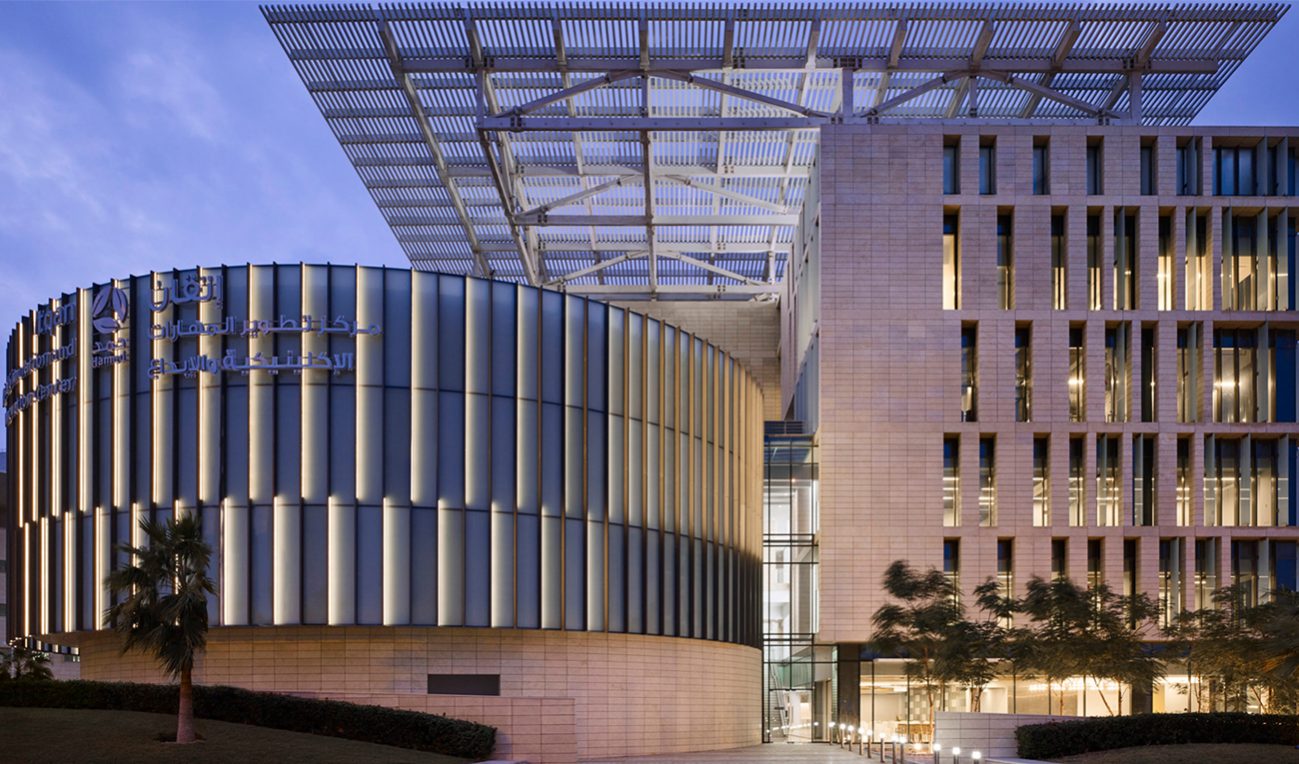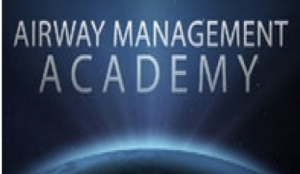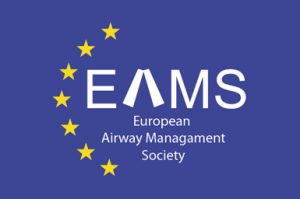Nasendoscopy for Anaesthesiologists, by Anaesthesiologists, on Anaesthesiologists Workshop
Anesthesia Department Simulation Courses (ADSC)
Introduction:
The consequences of failed endotracheal intubation might be catastrophic outcomes and the prediction of a difficult airway is therefore a critical issue. There is no clear consensus on the best way to predict difficulty.
Nasendoscopy (NES) is an advanced method of airway assessment for patients with known or suspected distortions of airway anatomy.
The standard bedside airway assessment tests are poorly predictive for difficult tracheal intubation and do not assess the presence of the inside pathology of the upper airway, such as the base of the tongue lesions, glottic and vallecular lesions, pyriform sinus pathology, supraglottic tumors, etc. The preoperative endoscopic airway examination, also commonly called nasal endoscopy, or nasendoscopy (NES) is the only technique that assesses the upper airway in its entirety, under dynamic conditions prior to induction of anesthesia, and was recommended for routine use by NAP4 even for high acuity cases.
This technique is helpful before airway management is undertaken. This Awake Preoperative Airway NES, which has been used by otolaryngologists for many years to diagnose airway pathology, can also be used by anaesthesiologists for preoperative airway assessment.
Aim: The aim of this mini-workshop; is to teach Anaesthesiologists how to use small-caliber fiberscope to evaluate the airway preoperatively and to do a safe diagnostic NES examination.
Objectives:
- At the end of this mini-workshop, the audience will be able to identify the airway management plan preoperatively.
- At the conclusion of this activity, the audience will be able to assess upper airway anatomy and pathology.
- By the end of this activity, candidates will be able to get the ideal Endo-score that might simulate the Cormak-Lehans score.
How to perform?
- To attend this workshop, you have to be ready to do these procedures on yourself by your colleges.
- The station or group discussion will start by performing this technique on myself as a workshop leader in front of participants (Figure 1).
- Under the supervision of experienced teachers from anesthesia and an ENT doctor; participants will be able to do NES on each other (Figure 1).
- Teach anesthetists the normal anatomy of the upper airway using a small fiberscope (outer diameter less than 3 mm and working length 30 cm).
- Emergency drugs and equipment are ready to treat any complications if happened accidentally.
- Treatment of this emergency will be treated by an ENT doctor.
Precautions and tell us if you have:
- HTN, nasal pathology.
- Recent URTI,
- Recent nasal operation.
- Recent Epistaxis.
- Contraindication for local anesthesia.
Event Details
Date : 04/04/20 and 05/09/20
City : Itqan Clinical Simulation and Innovation Center,Hamad Bin Khalifa Medical City,Doha, Qatar





